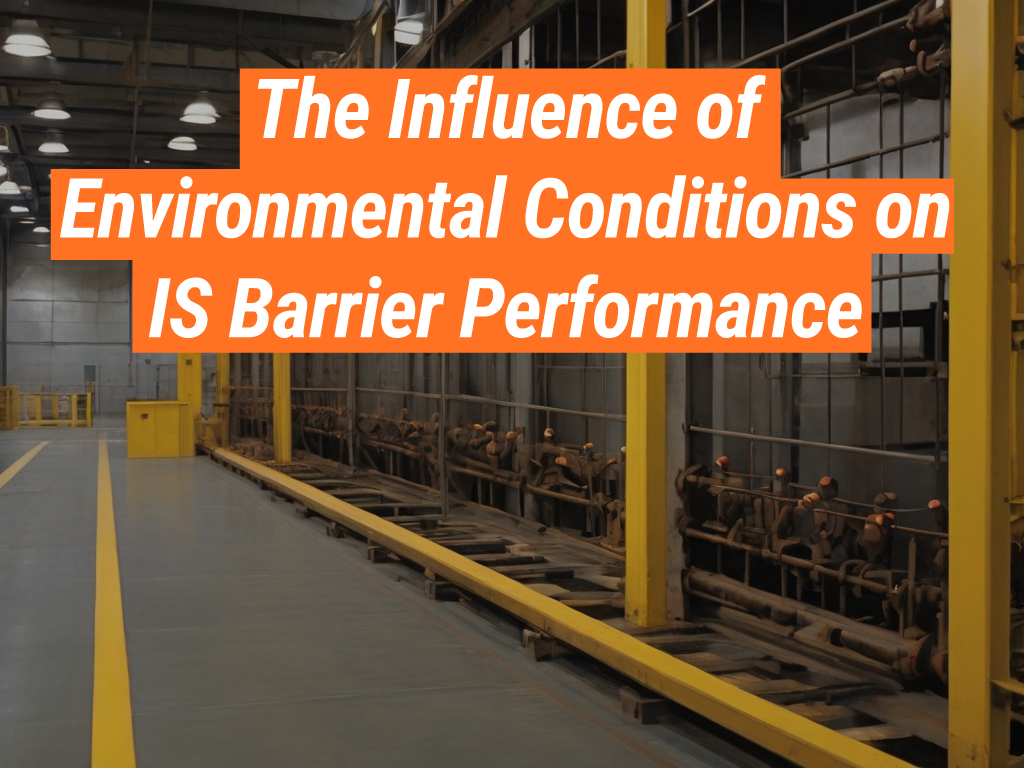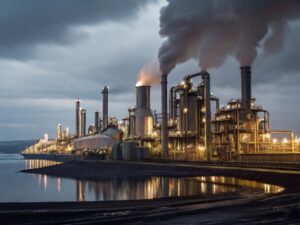When it comes to ensuring safety in hazardous environments, Intrinsically Safe (IS) barriers play a crucial role. These devices, available from leading suppliers like the Intrinsically Safe Store, are designed to limit the energy available for ignition in potentially explosive atmospheres. However, their performance can be significantly influenced by environmental conditions. This article explores how various environmental factors can impact the effectiveness of IS barriers. We invite you to visit the Intrinsically Safe Store to learn more about these essential safety devices.
Temperature and Humidity
Temperature and humidity are two key environmental factors that can affect the performance of IS barriers. High temperatures can cause components to overheat, potentially leading to failure. On the other hand, low temperatures can make certain materials brittle, compromising their structural integrity. Similarly, high humidity can lead to condensation, which can cause short circuits and corrosion, while low humidity can increase the risk of static electricity, which can ignite flammable gases or dust.
Pressure and Altitude
Pressure and altitude also play a significant role in the performance of IS barriers. High pressure can cause mechanical stress on the barrier, while low pressure can lead to arcing. Similarly, high altitudes can affect the cooling of electronic components, potentially leading to overheating and failure.
Vibration and Shock
Vibration and shock can also impact the performance of IS barriers. Constant vibration can cause mechanical wear and tear, while sudden shocks can damage components. Therefore, IS barriers used in environments with high levels of vibration or shock, such as industrial machinery or vehicles, need to be specially designed to withstand these conditions.
Chemical Exposure
Exposure to certain chemicals can also affect the performance of IS barriers. Corrosive chemicals can damage the barrier’s materials, while flammable chemicals can pose a risk of ignition. Therefore, IS barriers used in chemical environments need to be made of materials that are resistant to the specific chemicals present.
Dust and Particulates
Dust and particulates can also impact the performance of IS barriers. These can clog up the barrier, affecting its cooling and potentially leading to overheating. They can also cause mechanical wear and tear. Therefore, IS barriers used in dusty environments need to be designed to resist these effects.
In conclusion, environmental conditions can significantly influence the performance of IS barriers. Factors such as temperature, humidity, pressure, altitude, vibration, shock, chemical exposure, and dust can all impact the effectiveness of these safety devices. Therefore, when selecting an IS barrier, it’s crucial to consider the specific environmental conditions it will be exposed to. For more information on IS barriers and how to choose the right one for your needs, don’t hesitate to contact us at the Intrinsically Safe Store.



